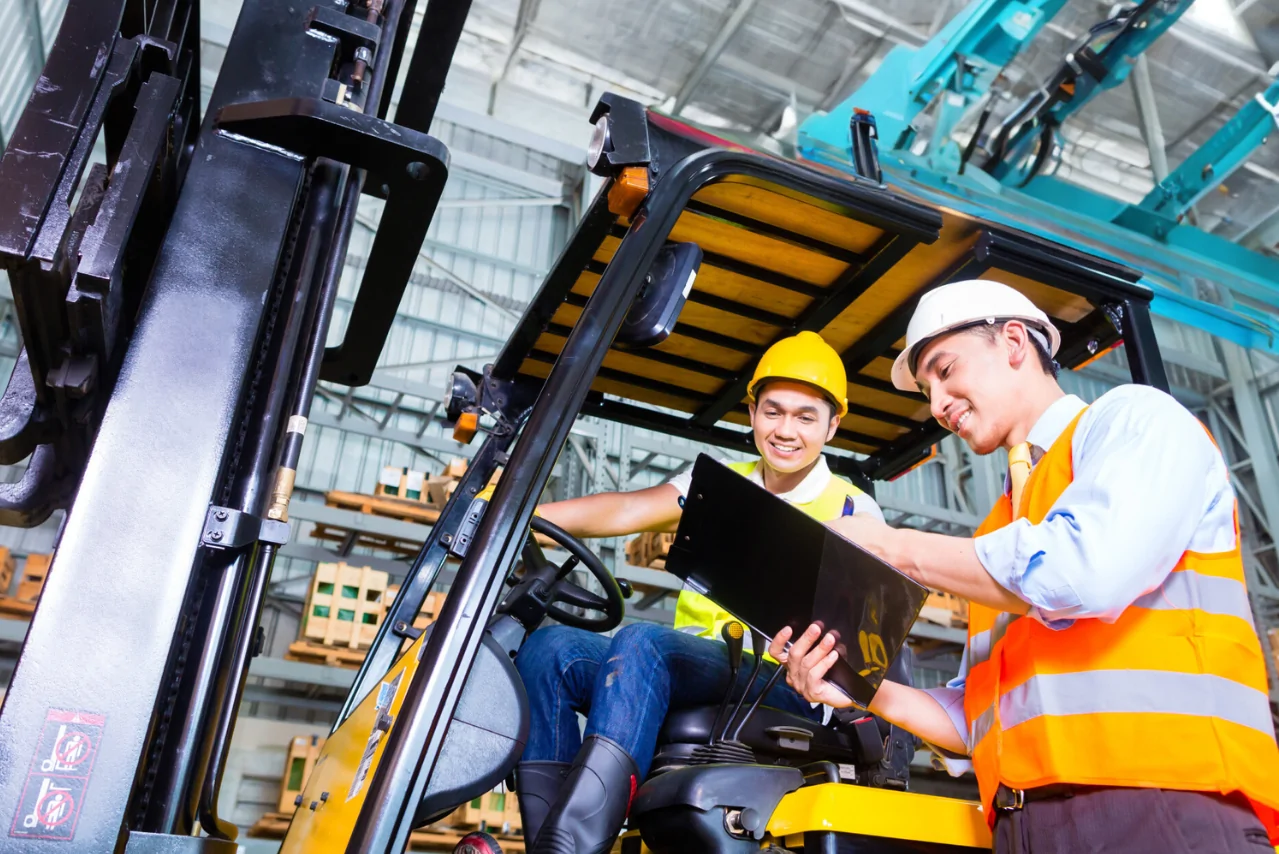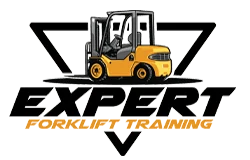Blog Single Style
The essence of interior design will always be about people and how they live. It is about the realities of what makes for an attractive, civilized.
- Home
- Blog Single
- Posted December 13, 2023
- By admin
- 0 Comments
Your Comprehensive Guide to Counterbalance Forklift Training

In the fast-paced world of material handling and logistics, counterbalance forklifts play a pivotal role in ensuring smooth operations within warehouses, distribution centers, and manufacturing facilities. These powerful machines are indispensable for lifting and transporting heavy loads, but their safe and efficient operation requires proper training. In this comprehensive guide, we will delve into the intricacies of counterbalance forklift training, shedding light on its importance, the training process, and the key elements that contribute to a safer and more productive workplace.
Why Counterbalance Forklift Training Matters?
Counterbalance forklifts are characterised by their weight distribution, with the weight of the load being counteracted by the weight of the machine itself. This design allows them to lift and move loads with stability, making them versatile workhorses in various industrial settings. However, the sheer power and potential hazards associated with these machines necessitate thorough training for operators.
- Safety First: Safety should always be the top priority in any workplace, and when it comes to operating counterbalance forklifts, the stakes are high. Proper training ensures that operators are well-versed in safety protocols, including load capacity limits, proper load positioning, and awareness of their surroundings. This reduces the risk of accidents, injuries, and damage to goods and equipment.
- Compliance with Regulations: Adhering to safety regulations and standards is not only a moral imperative but also a legal requirement. Regulatory bodies mandate that forklift operators undergo training to operate specific types of forklifts, including counterbalance forklifts. Failure to comply with these regulations can result in penalties, legal consequences, and a compromised workplace safety record.
The Training Process
Counterbalance forklift training is a structured process that combines theoretical knowledge with hands-on practical experience. This dual approach ensures that operators not only understand the principles of safe operation but also gain the skills needed to navigate real-world scenarios. Here is a breakdown of the typical counterbalance forklift training process:
- Classroom Instruction: The training begins with classroom sessions where operators learn about the fundamental principles of counterbalance forklift operation. This includes understanding the machine’s components, load capacity, stability factors, and safety guidelines. Knowledge of relevant regulations and best practices is also imparted during these sessions.
- Written Examinations: To assess the understanding of the theoretical concepts, operators typically undergo written examinations. This step ensures that they have grasped the essential information required for safe and efficient forklift operation. Successful completion of these exams is often a prerequisite for progressing to the practical training phase.
- Practical Training: The hands-on component of counterbalance forklift training is crucial for developing the skills necessary for real-world operation. During practical sessions, operators learn to control the forklift, maneuver in tight spaces, lift and stack loads, and perform other essential tasks. Experienced trainers guide operators through various scenarios, emphasising safety and efficiency.
- Supervised Operation:After completing the training, operators often undergo a period of supervised operation where they apply their newly acquired skills under the watchful eye of an experienced mentor. This phase allows for additional feedback and refinement of their abilities before they are deemed fully independent.
Key Elements of Counterbalance Forklift Training:
- Understanding the Machine: Successful counterbalance forklift operation begins with a deep understanding of the machine itself. Operators must be familiar with the controls, levers, and gauges, as well as the machine’s limitations and capabilities. This knowledge forms the foundation for safe and efficient operation.
- Load Handling Techniques: Proper load handling is a critical aspect of counterbalance forklift operation. Training covers techniques for assessing load weights, securing loads, and maintaining load stability during lifting, transportation, and stacking. This ensures that operators can handle various types of loads without compromising safety.
- Spatial Awareness: Operating a forklift requires a keen sense of spatial awareness. Training emphasises the importance of understanding the forklift’s dimensions, turning radius, and blind spots. This awareness is crucial for navigating through narrow aisles, avoiding obstacles, and preventing collisions with structures or other equipment.
- Emergency Procedures: No training is complete without addressing emergency situations. Operators are taught how to respond to potential hazards, such as equipment malfunctions, power failures, or unexpected obstacles. Quick and effective decision-making during emergencies is a key skill that can mitigate the severity of incidents.
The landscape of material handling is ever evolving, and forklift operators must stay abreast of industry advancements. Continuous learning and regular certification updates are essential components of a comprehensive training program. Ongoing education ensures that operators remain proficient in new technologies, safety standards, and operational best practices. Regular certifications not only demonstrate an operator’s commitment to excellence but also provide employers with the assurance that their workforce is well-equipped to manage the demands of a dynamic and competitive industrial environment. In conclusion, counterbalance forklift training is not a one-time event but a continuous journey towards excellence and safety in material handling operations.
Conclusion
Counterbalance forklifts are indispensable tools in the world of material handling, but their effective and safe operation relies heavily on well-trained operators. Counterbalance forklift training is not just a legal requirement; it is a fundamental step towards creating a workplace that prioritizes safety, efficiency, and compliance with industry regulations. Investing in comprehensive training for forklift operators not only reduces the risk of accidents and injuries but also contributes to a more productive and harmonious work environment. As businesses evolve and technology advances, staying updated with the latest training practices ensures that forklift operators are well-prepared for the challenges of the modern industrial landscape.
